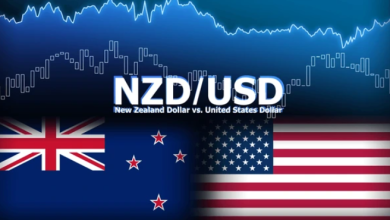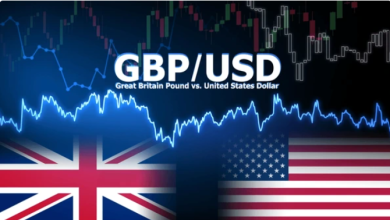- The US Dollar Index has rebounded from a six-week low of 98.58, recorded on Tuesday.
- US ISM Manufacturing PMI fell to 48.5 in May, indicating a third monthly decline in output.
- Market sentiment weakens as China’s Ministry of Commerce rejected Trump’s claims of breaching a tariffs truce.
The US Dollar Index (DXY), which measures the value of the US Dollar (USD) against six major currencies, has rebounded from a six-week low of 98.58 and is trading higher near 98.90 during the Asian hours on Tuesday. Traders would likely observe the release of the JOLTS Job Openings later on Tuesday.
However, the US Dollar faced challenges after the Institute for Supply Management (ISM) Manufacturing Purchasing Managers’ Index survey of the manufacturing sector indicated a decline for the third successive month. The index fell to 48.5 in May from 48.7 in April, against the market expectations of a 49.5 reading.
US President Donald Trump told a rally in Pennsylvania on Friday that he planned to secure the local steel industry by doubling import tariffs, increasing from 25% to 50%, on steel and aluminum. The increased tariffs will take effect on Wednesday, which will build up pressure on global steel producers and intensify the trade war.
The European Union (EU) warned that Trump’s plan to double US tariffs on steel and aluminium could derail bilateral trade negotiations. On Saturday, the European Commission (EC) said that Trump’s tariffs decision “undermines ongoing efforts” to reach a deal, warning about “countermeasures”, per BBC.
Last week, Trump accused China of breaching a tariffs truce reached earlier this month. He also said that China had “totally violated its agreement with us”. A spokesperson from China’s Ministry of Commerce rejected Trump’s claim and honored the agreement by cancelling or suspending relevant tariff and non-tariff measures aimed at the US “reciprocal tariffs.”
US Dollar PRICE Today
The table below shows the percentage change of US Dollar (USD) against listed major currencies today. US Dollar was the strongest against the Australian Dollar.
| USD | EUR | GBP | JPY | CAD | AUD | NZD | CHF | |
|---|---|---|---|---|---|---|---|---|
| USD | 0.18% | 0.15% | 0.17% | 0.14% | 0.44% | 0.34% | 0.05% | |
| EUR | -0.18% | -0.00% | 0.03% | -0.02% | 0.28% | 0.24% | -0.11% | |
| GBP | -0.15% | 0.00% | 0.02% | -0.01% | 0.28% | 0.24% | -0.11% | |
| JPY | -0.17% | -0.03% | -0.02% | -0.04% | 0.23% | 0.18% | -0.06% | |
| CAD | -0.14% | 0.02% | 0.01% | 0.04% | 0.24% | 0.26% | -0.09% | |
| AUD | -0.44% | -0.28% | -0.28% | -0.23% | -0.24% | -0.04% | -0.38% | |
| NZD | -0.34% | -0.24% | -0.24% | -0.18% | -0.26% | 0.04% | -0.35% | |
| CHF | -0.05% | 0.11% | 0.11% | 0.06% | 0.09% | 0.38% | 0.35% |
The heat map shows percentage changes of major currencies against each other. The base currency is picked from the left column, while the quote currency is picked from the top row. For example, if you pick the US Dollar from the left column and move along the horizontal line to the Japanese Yen, the percentage change displayed in the box will represent USD (base)/JPY (quote).






